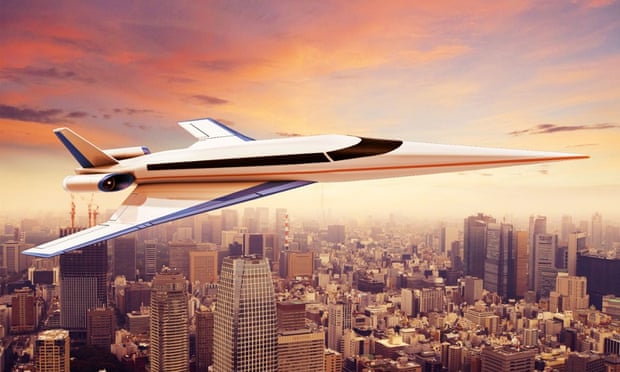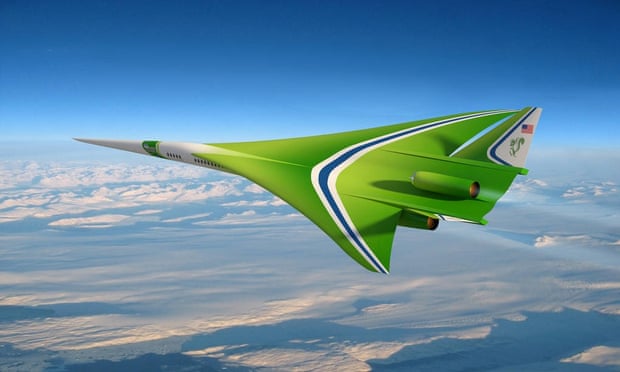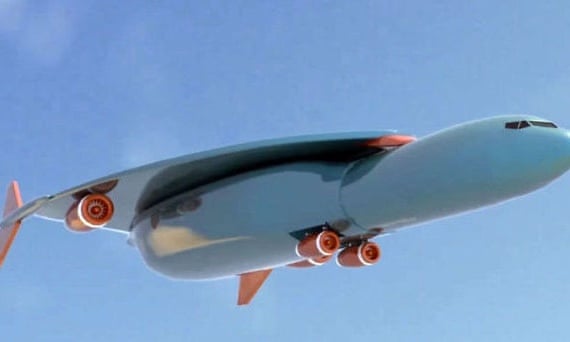 |
| New era beckons for supersonic air travel |
It was way back in 2003 that Concorde was retired. The airliner entered service in 1976 but was hobbled by complaints that it was too loud. As a result, it could only break the sound barrier when flying over the ocean. This restricted its operation and turned it into a niche aircraft operated only by British Airways and Air France on transatlantic flights.
“The technology simply did not exist to create a new generation of practical and efficient supersonic airliners,” says Doug Nichols, CEO of Aerion, an aviation company in the vanguard of the revival. Now, however, technology has advanced and companies smell profits.
Although it was widely reported that Concorde was a loss leader, that is not a fair assessment, according to Ben Lord, chairman of the Save Concorde Group. “It annoys me when I hear that Concorde was a financial failure,” says Lord. “In its last six months of operation, BA made £54m net profits from five aircraft.”
Indeed, Club Concorde has already raised £40m, with a further £120m pledged, to help return BA’s Concorde to service. Even if the long shot succeeds, Concorde will have competition. A new generation of smaller, more efficient supersonic aircraft is being developed that will cater to the lucrative business market that BA had tapped into.
To begin with, the new jets will be limited to supersonic travel over the ocean, but that is set to change. “Aerospace companies, Nasa and other institutions are researching ways to quiet sonic booms, and over time, perhaps 10 to 20 years, solutions will emerge,” says Nichols.
If and when they do, supersonic aircraft will be able to fly over land, opening up many more routes and increasing the attraction of such jets even more. If these companies can make it work, the future of air travel is set to become faster.
AERION AS2
In collaboration with Airbus Group, Aerion has begun the engineering work necessary to build the AS2. Envisioned to be a 20-seater business jet, its first flight is planned for 2021. The company estimates that the worldwide market for supersonic business jets could total 600 aircraft over 20 years. If so, it believes this will launch a new era of interest in supersonic travel, with more efficient designs making larger supersonic airliners economically feasible.
SPIKE S-512
Two-year’s worth of initial designs were completed this summer by Spike Aerospace. The resulting S-512 will cruise at Mach 1.6 and carry up to 18 passengers in luxurious surroundings. Instead of portholes, the cabin will feature panoramic screens fed by cameras that surround the aircraft. When you get fed up with the high-altitude vista, you can change the display to show a wide-screen movie. Spike says that the S-512 will be a “necessity” for people with busy global lives.
LOCKHEED MARTIN’S N+2
CONCORDE-2
In July, Airbus was awarded a US patent for an extraordinary concept aircraft. Taking off from a conventional runway, Concorde-2 would climb vertically into the air like a space rocket. This means that as it breaks the sound barrier, the sonic boom would travel horizontally across the sky rather than downwards to the ground. With a top speed of Mach 4.5 (more than twice as fast as Concorde), London to San Francisco would take just three hours. The Pacific could be crossed in a similar time.
Source: http://www.theguardian.com/world/2015/oct/11/new-era-supersonic-air-travel-concorde




No comments:
Post a Comment